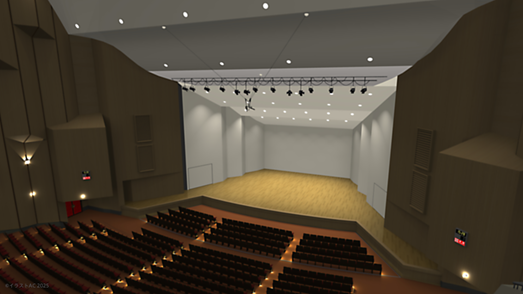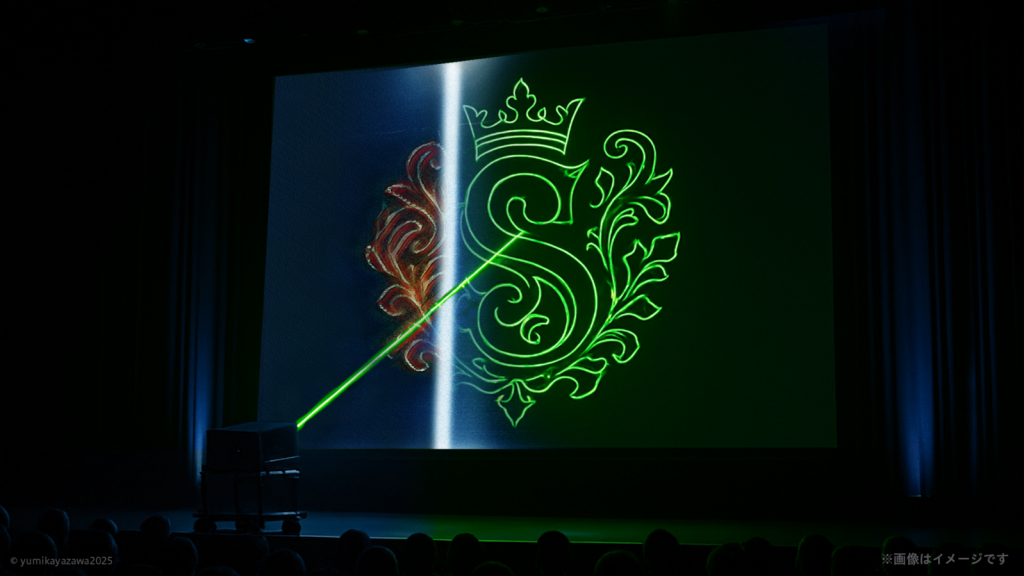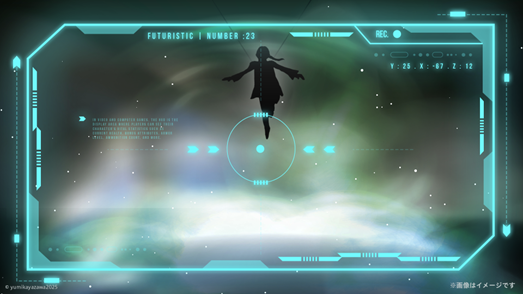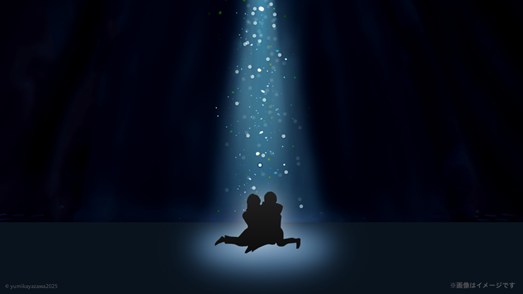
From here on, you will be linked to Nomura Co., Ltd. 's partner page. You can apply from the list of available positions at the link. (Please note that CIC may not always be recruiting.)

CIC NOTE
2025. 06-02
Yumika YazawaMy name is Yazawa from CIC.
Before joining the company in 2025, I worked in the theater industry.
I would like to use the experience I gained from that experience to talk a little about effective video direction on stage.

While there are theaters that mainly perform musicals, there are also theater companies that specialize in straight plays, and there are a variety of stage genres in the world.
Recently, in addition to traditional performing arts, the theater has been captivating audiences with its cutting-edge technology.
In particular, the use of video in productions is now a common sight on stage performances of any scale!
However, simply projecting images does not make it interesting.
We believe that by effectively combining various elements such as lasers, sound, and actors, and by subtracting elements within the context of the events, we can create a high-quality entertainment experience.
In other words, I think the key is how to immerse the viewer in a worldview using visual and auditory cues (and in some cases, smell, taste, and touch).
Recently, there has been an increase in the number of stage adaptations based on manga, anime, and other sources, and video is extremely useful in turning a two-dimensional world into a three-dimensional one.
This means that expressions that have previously only been possible in two dimensions, such as the world view of a work or the special abilities of characters played by actors, can now be expressed in three dimensions, making them more realistic.
For example, in a cyberpunk-themed setting, the following presentation could be considered:
1. Laser + audio + video mechanism
...It is possible to create a space that makes you feel like you are entering an extraordinary, cyber world.

② See-through screen [gauze screen] × audio × video mechanism
…When combined with smoke, it can create a sense of depth and bring attention to the world in which the characters exist.
There are also various other video production techniques, such as using LED partitions and action cameras.

3) Lighting tricks (a trick that changes the pace of each scene without using video)
...For video-based, lively works, you can focus on the story by creating scenes with pin-spot lighting to create a sense of pace. (For example, using effect lights and smoke to create a sparkling effect.)
It would be even more effective if you could empathize with the character up to this point.
There's something really touching about the acting and singing of the actors, lit by pin-spot light...

The devices mentioned here are only a small part of the story, but the way the story is constructed and the overall direction of the play can greatly affect the experience you have after watching it.
What I think when watching various plays is that what moves us now, just as it has in the past, is not just the technique but also the wonderful direction.
For example, by decorating the space from various perspectives, such as whether the depth of the work and characters is being fully brought out, where is the most effective way to use images and lasers, and whether the audience will become tired or bored from the continuous images, I believe we can create a theatrical experience that allows the audience to immerse themselves in the world of the play.
I will continue to make use of the experience I gained from my previous job and work hard every day as a member of CIC to create spaces and video productions that bring joy and excitement.